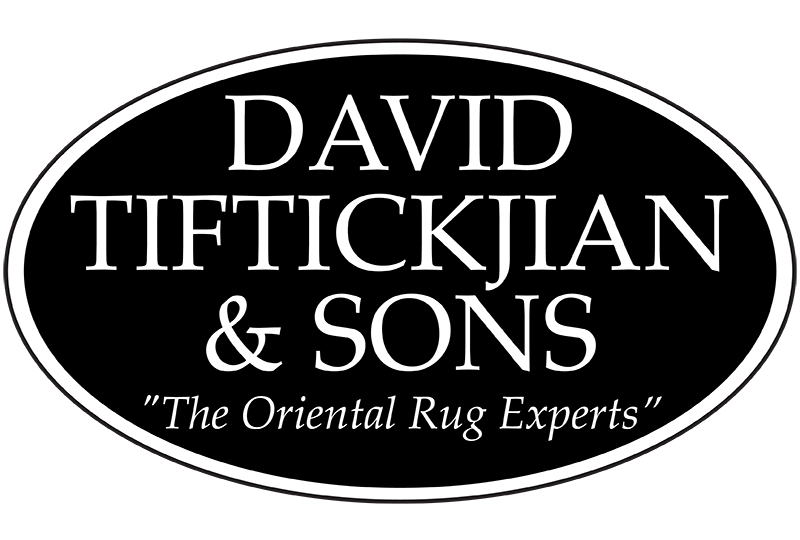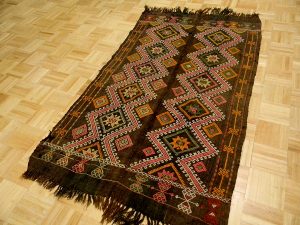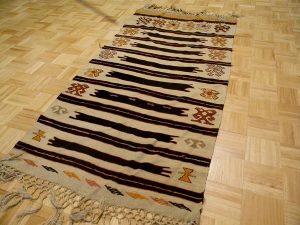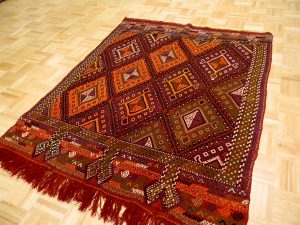Vegetable dyes. Wools. Traditional. Contemporary.
Turkey’s rug-weaving industry dates back to the 11th century. The oriental rugs currently being produced in Turkey have the historic character of their antique counterparts in patterns and colors geared to today’s decorative tastes.
Of special interest today is the renaissance of traditional weaving techniques, namely that of using vegetable dyes and handspun wool. Equally important has been the recreation of authentic old Ottoman patterns as well as those from other countries including Iran, Azerbaijan, the Caucasus, East Turkestan, and Transylvania. These adapted patterns are integrated into the Turkish weavers’ design library thereby bestowing a charm and uniqueness of their own. The designs–generally intricate interplays of geometric and curvilinear floral motifs–are woven in an array of colors ranging from full-bodied reds, blues, teals, greens, and treys, to the lighter peace and ivory tones. Carving and incising is done to highlight designs in many of the pile rugs.
Among the popular carpet types available today are all-wool Basmakcis that feature geometric patterns inspired by Caucasian and traditional Turkish designs. Burdurs are also popular and are characterized by the angular Persian Heriz design wove in both traditional and contemporary colorations. Hereke rugs, renowned both in their wool and silk varieties, have repressing intertwining floral elements often incorporating the mihrab or prayer niche.
The organized production of oriental carpets in Turkey is one of the most exciting developments in the industry. Indeed, the renaissance in the use of vegetable dyes and handspun wool, and the creative renderings of designs both native and foreign has inspired the production of carpets bearing a unique, handcrafted character, some of which are destined to be the “antiques of tomorrow”.



